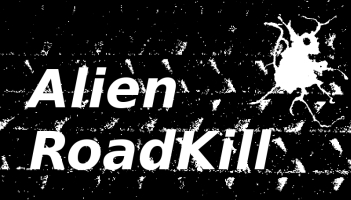
|
Are we alone in the universe? The truth is not "out there", it is on our roads. . . |
|
| Everybody expects aliens to be big and scary, but they're not. Look closely. Search diligently. You will find them. These tiny, tiny creatures travelled hundreds and thousands of lightyears across space and time, navigating asteroids and planets, dodging comets and stars. Sizzling through the friction of Earth's atmosphere unscathed, they finally arrived to alight safely on the flattest surfaces of the planet. Or so they thought . . . | ||
| Found on a bike-path, this little Sicutlupus auriculoconicum alien was clearly trying to make a run for it to avoid discovery. Notice that it has funny cone-shaped Shrek ears and might have resembled a miniature wolf but with long, spindly legs. With a little research it's apparent that this alien is from Gamma 2 Velorum a Wolf-Rayet star. |

| |
| Splattered on concrete, this tiny thin-legged dragon alien (Draconis cruratenuis) managed to get out one last flame, which also got splattered. Just imagine, it escaped the fiery forces of the SNR 0509-67.5 supernova in the constellation Dorado only to get squished on Earth. Awkward. |

| |
| Drive-time radio little Antennae longusfilamenta? Antennae yes, middle of the road no. Silly alien. Look closely at the Mz 3 Nebula (also known as the Ant Nebula) and you might just spot this little alien's home. |

| |
| Very rare Big-mouthed Twins (Magnaoris geminus) holding tentacles when they got squished. Cute! Sort of. Look at the size of their mouths in relation to their bodies. Hmmm. I bet they wished they'd stayed in the Tadpole Galaxy (near the constellation Draco) |

| |
| Hard to spot at first, this gaseous alien is called Lacerta aerimmundus for a good reason. Wafting in from the Small Magellanic Cloud, don't be fooled when you first spot one of these small aliens. They're actually a gecko-shaped fart that makes a kind of 'squift' sound when they get squished. |

| |
| Discovered on a road in Aberfeldy, Scotland this tiny Rotundustilla multiscrura alien was pretty easy to spot. Check out its multiple squiggly legs and tell-tale antennae. You'd never guess that it's home, officially called the NGC 6302 Nebula, is also known as the Bug Nebula. |

| |
| Again in Aberfeldy, Scotland, this poor Aerovesica multiscrura was trying to post something home to the NGC 6751 Nebula in the constellation Aquila when it was struck by the postbox. Who from Earth would have expected a speeding postbox? Unlucky. |

| |
| This another good example of a Sicutlupus auriculoconicum, this time from IC 4406 Nebula (the Retina Nebula) in the constallation Lupus. This is a good example of just how prevalent these little squished aliens are. Have you found any yet? |

| |
| Rather bigger, this Sicuthumana nocendumcrura was discovered splattered on the warf at Ullapool, Scotland. Not surprisingly it's from our very own Milky Way Galaxy near the Sagettarius constellation. |

| |
| This Spiritus volans (Flying Sprite) was trapped by a line of paint on a girder on Cockatoo Island in Sydney. Clearly some aliens don't move very quickly. This one is from the Twin Jet Nebula. |

| |
| An example of alien technology, this stealth concrete was spotted flying in the pavement in Wollongong, Australia. Tricky. It's almost invisible. |

| |
| Flying along without a care in the world, then splat. This tiny Spiritus musicatibiam alien appears to be playing the alien equivalent of a tin whistle. Who would have guessed that aliens were in any way musical? This one is from the Pipe Nebula in the constellation Ophiuchus. |
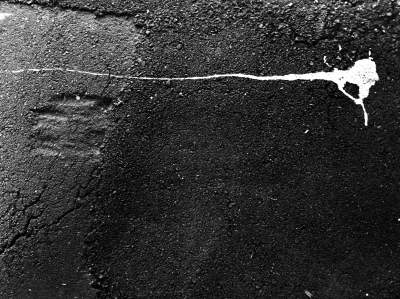
| |
| All antennas, legs and bum, this little Obesusformica multiscrura alien is a mess. Another one from the Mz 3 (Ant) Nebula. |
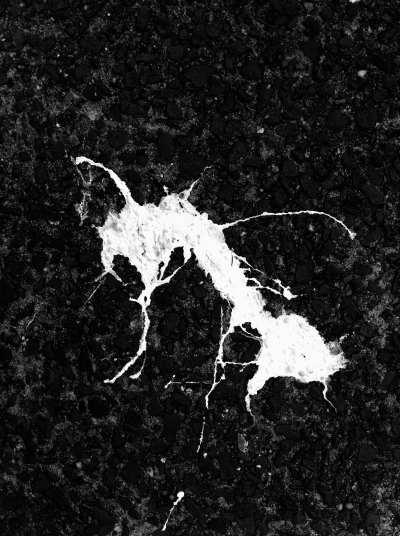
| |
| Sideways splat. Long, pointy nose, lots of legs splayed out, this Obesusformica aciculanasum alien from the Mz 3 Nebula never had a chance. |
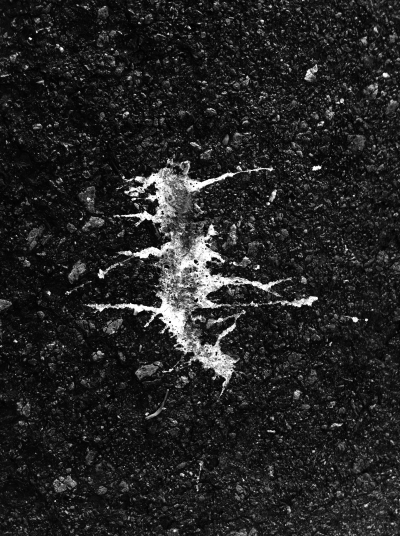
| |
| Another tiny flying dragon alien, Draconis volans (from the Eagle Nebula in the constellation Serpens) flying to the left this time. |
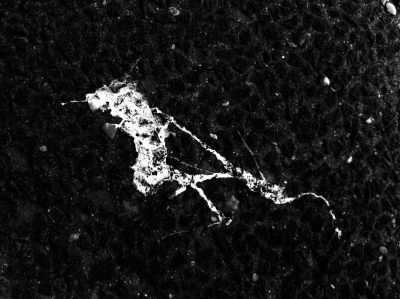
| |
| Little bug-eyed Parvus cyclopes alien from the Little Ghost Nebula, looking somewhat surprised. |
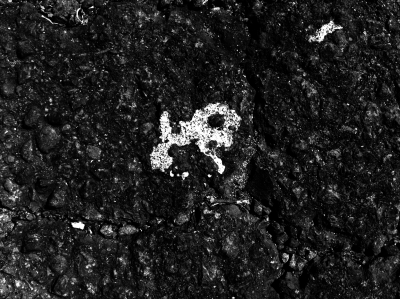
| |
| Disguised as Woody Woodpecker, how could this little Abscondita dryocopus-pileatus graphice alien possibly know that no-one remembers who Woody Woodpecker even is? Stupid disguise from the Pelican Nebula in the constellation Cygnus. |
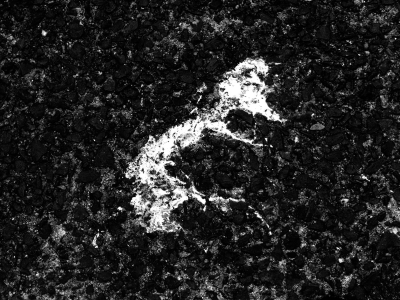
| |
| Yet another dragon-alien, this time it's a Draconis sicutequus from the Barnard 33 Nebula (also known as the Horse Head Nebula). These things seem to be really common. This specimen seems to run on lots of little legs though and has lost its wings. |
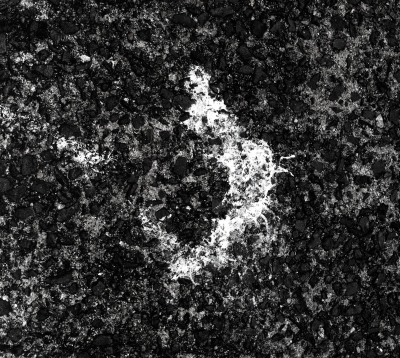
| |
| "Yippee!" went the tiny Mus jucunda alien from the Spiral Planetary Nebula in the constellation Musca. Then, splat! |
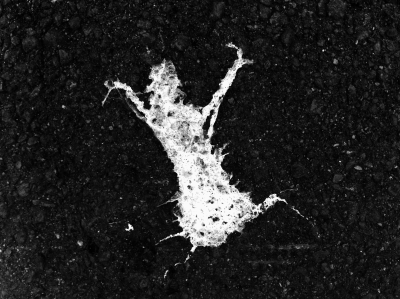
| |
| Draconis lutulentus (Messy Dragon) from the Omega Nebula. |
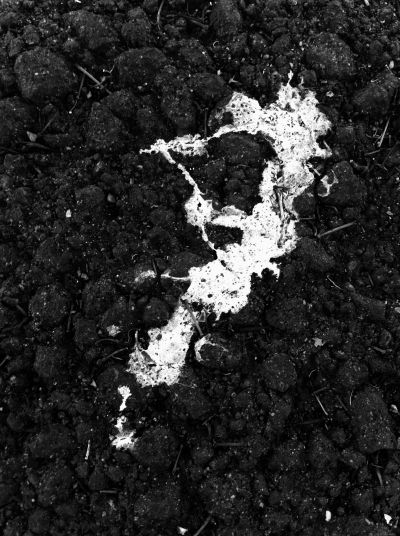
| |
| A Flaming Sprite (Spiritus flammeus) alien from the Red Rectangle Nebula in the Monoceros constellation. This specimen is exhibiting a very rare squished spurt of flame. Lucky for us they're tiny. |
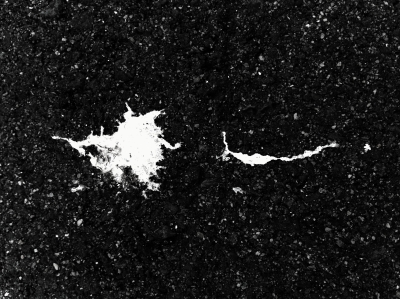
| |
| A tricky long-step sideways couldn't save this little Furta tripudiolongus alien from the Red Spider Nebula. |
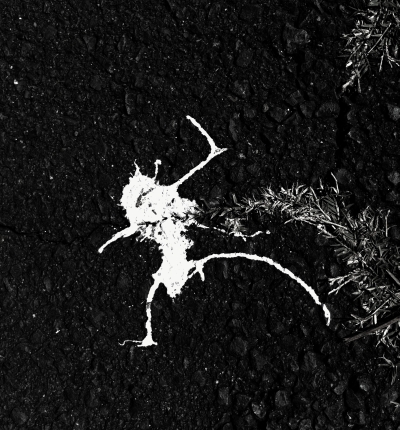
| |
| Except for the number of legs, this Abscondita multiscrura alien could have been mistaken for an Earth bug. Nice try little alien, I see your ten legs! But where is it from? |

| |
| Another Spiritus flammeus, seen squished from above. Notice that there's no flame spurt. |
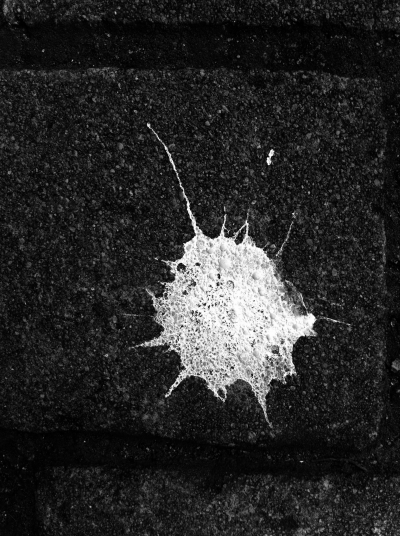
| |
| Peregrinus vegrandis was first described in the late seventies by the Taito Corporation and an artistisc variation was made famous in the game Space Invaders. No-one knows where it's from, maybe Mars. If you find out, let me know. |
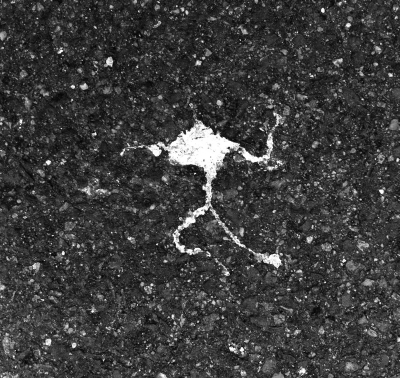
| |
| Ahhh! A common Pluviastilla crura (Raindrop) alien! Normally when Raindrop aliens fall from the sky you can't see their legs. Splat! These usually fall from the Large Magellanic Cloud, typically as what's sometimes called 'fat rain'. |
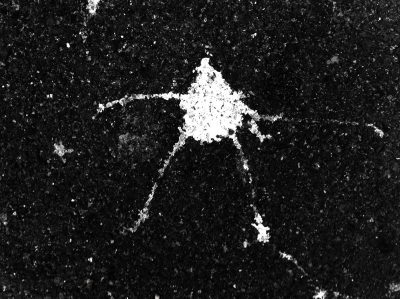
| |
| They can be tricky to spot, but once you know what you're looking for you'll start to see them everywhere. There are many, many tiny examples that are yet to be described - perhaps you'll be lucky enough to see some before they've become alien roadkill! | ||
|
All text and images (except the starfield background) Copyright (C) Steve Grasso 2013. All Rights Reserved. Comments |
||